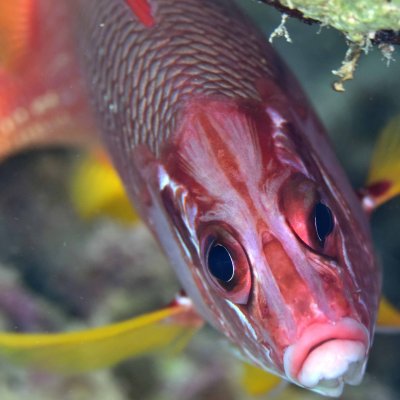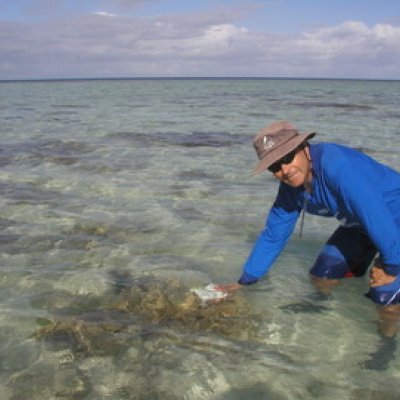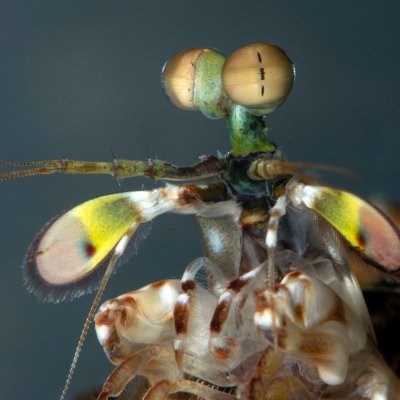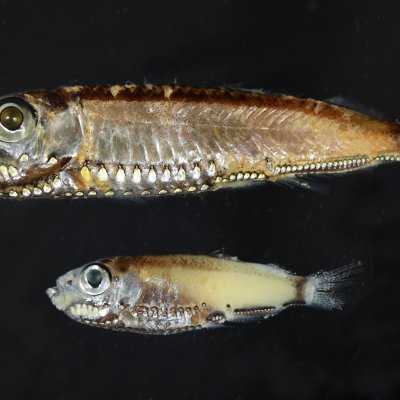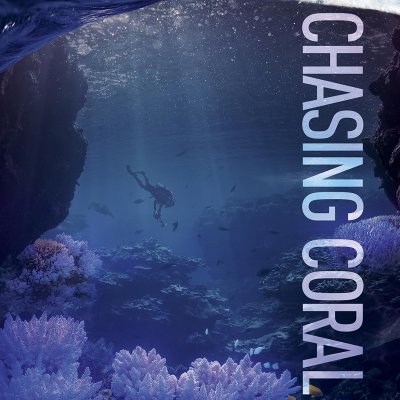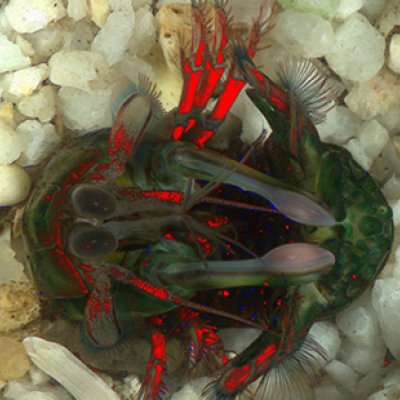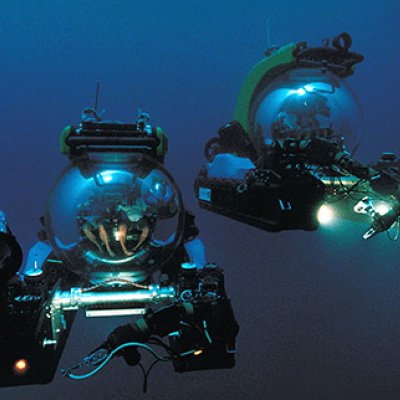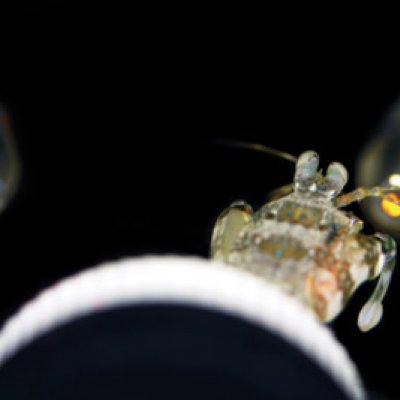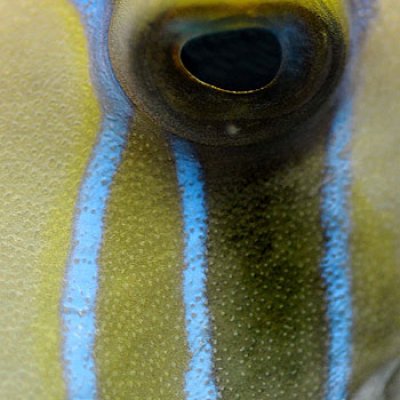The unique brainpower of octopuses – known for their intelligence and Houdini-like escapes – has been revealed by University of Queensland researchers.
22 November 2021To see – and survive – at night, some coral fish have developed visual adaptations that are similar to those of their cousins living in the ocean’s darkest depths, new research shows.
9 February 2021The Australian Academy of Science has elected Professor Justin Marshall and Professor Alan Rowan as Fellows for their sustained contributions to research and scientific endeavour.
25 May 2020Pioneering discoveries about the ‘extraordinarily strange’ visual systems of shrimps - that could improve early detection of cancer - have been recognised with an international prize.
23 January 2020University of Queensland scientists have provided new insights into how the tiny brains of mantis shrimp are able to make sense of a breathtaking amount of visual input.
25 November 2019A new type of cell has been found in the eye of a deep-sea fish, and scientists say the discovery opens a new world of understanding about vision in a variety of light conditions.
9 November 2017University of Queensland researchers have developed new knowledge on how animals see and use colour, and how their colour vision has evolved.
4 August 2017A new Netflix documentary, Chasing Coral, is about to hit the world’s small screens.
14 July 2017A Swiss yacht on an epic research expedition to map the world’s oceans will host University of Queensland marine scientists on the Great Barrier Reef in March and April
22 March 2017You can do it reef-walking, snorkelling or scuba diving. You can do it with the elderly or with kids. It’s a great way to spend your holidays, and you can help save the world’s coral reefs in the process.
14 December 2015The ocean is lighting up with secret forms of communication between marine animals that may have applications in satellite remote sensing, biomedical imaging, cancer detection and computer data storage, a team of Australian and international...
20 November 2015University of Queensland marine neuroscientists are plunging to new depths in submersibles on the Great Barrier Reef and in the Coral Sea.
30 October 2014University of Queensland researchers have revealed new insights into colour vision in a study on a tropical reef shrimp.
24 January 2014If you have ever looked up from the depths of the ocean, you will understand how difficult it can be to identify objects above the surface.
14 April 2010Most people wouldn’t give a second thought to the inner workings of the fish eye, but research by University of Queensland scientists is unlocking the secrets hidden behind these fishy lenses.
11 February 2010 Image Wen-Sung Chung resized.jpg?itok=JOv8KuZY)
